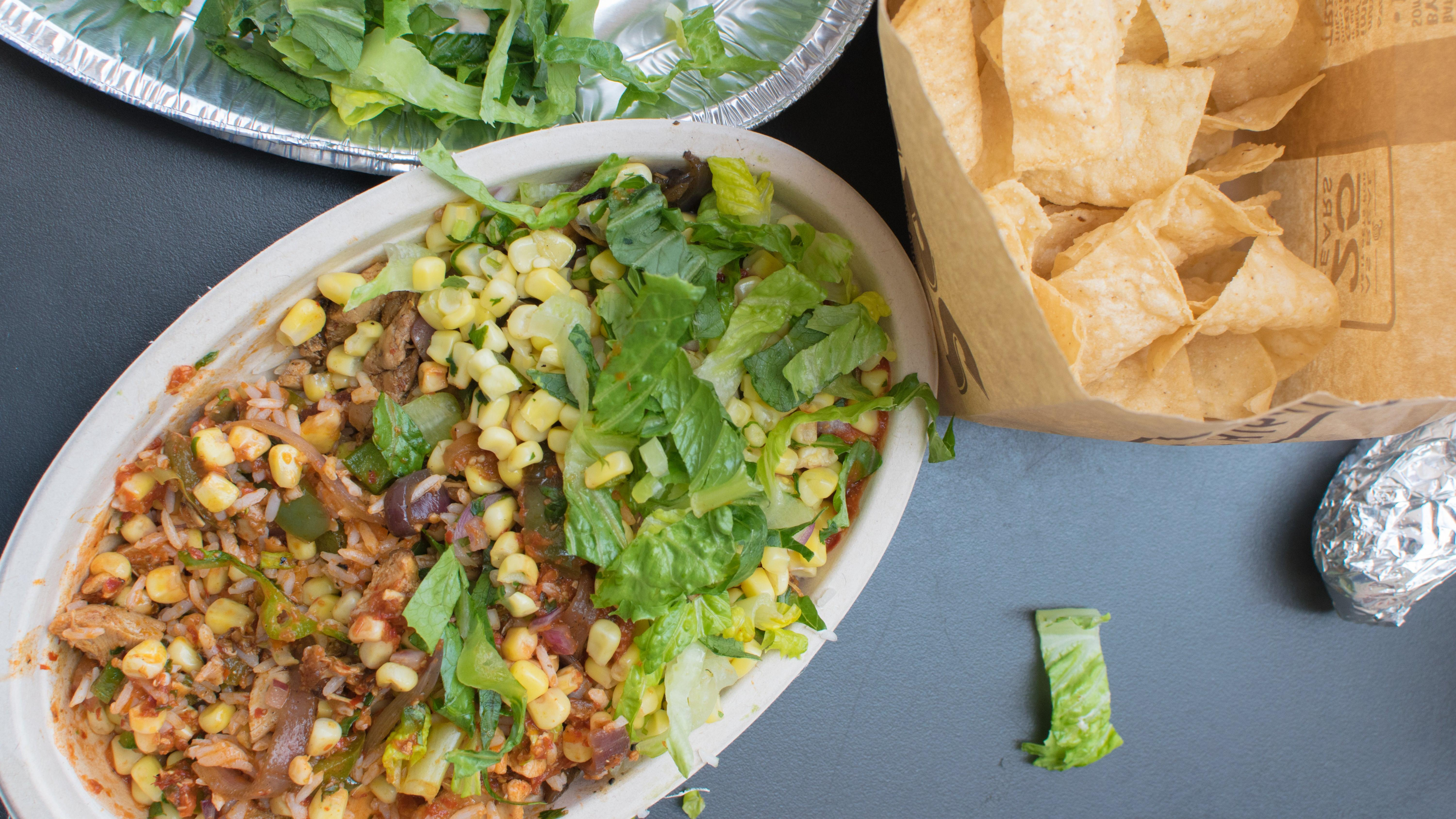Something Strange Is Happening With Chipotle's Salsa
Chipotle's red salsa has always been pretty fiery—but is it getting even spicier?
"Damn, did my spice tolerance go down?"
I don't always eat at Chipotle, but when I do, I order it with the hottest salsa available, the Tomatillo-Red Chili Salsa. And the last few times I've had it, I've wondered if my palate is getting weaker—because that red salsa has been burning a lot more than I remember in the past. I've even started sweating when I eat it. And it turns out it's not just me; a lot of people have been wondering if Chipotle's Tomatillo-Red Chili Salsa has gotten inexplicably hotter recently.
Has Chipotle’s hot salsa really gotten hotter?
The Wall Street Journal has published a deep dive on this curious issue. Chipotle fans far and wide have noticed the recent possible difference in salsa spiciness, and as with any such food-related problem, they've taken to Reddit with their concerns. For its part, Chipotle heard these rumblings as far back as last fall and took a look into why this might be happening.
The main spicy component in the Tomatillo-Red Chili Salsa is chile de árbol, which I know from personal experience can be quite hot (but delicious). During the pandemic, when supply chain issues squeezed many fast food chains, Chipotle started casting a wider net, sourcing its chiles in Mexico, India, and other locations in Asia. This was to ensure there'd be enough produce for the salsa, but it turns out the diversified crops have made the end product more complex.
The Wall Street Journal went so far as to have Chipotle salsas sent to a lab to measure their Scoville units (the scale on which spiciness is measured). Salsa samples came from Chipotle locations in Chicago, Phoenix, and Washington DC, and they indicated a heat range of 2,730–3,420 Scoville units. For reference, jalapeños range anywhere between 2,500–8,000 Scoville units, while the Carolina Reaper can come in at a screaming 2.2 million.
So in the scheme of things, Chipotle's Tomatillo-Red Chili Salsa doesn't crack the hottest potential burn a jalapeño can reach (jalapeños can be a real roll of the dice, in a bad way), but the salsa can still pack a punch as spicy as Tabasco sauce, which measures 2,500–5,000 Scoville units. Think about it, however: When you eat Chipotle's salsa, a regular serving is a whole ladleful, which is probably more quantity than you'd eat when it comes to straight up hot sauce.
Even Chipotle's vice president of culinary and menu development, Nevielle Panthaky, noticed the heat.
"We were like, look it definitely seems to be a little bit on the spicier side," Panthaky told the WSJ.
Why would Chipotle’s salsa get spicier?
Panthaky explained to the WSJ that the sourcing and growing season might have something to do with the variable levels of spice.
"It's a double-edge nuance of these peppers," he said. "When you get spice up front, your bowl can be overpowered by that spice versus a milder, slower gradual spice from a different region and time of year."
It's thought that if a pepper plant doesn't have an abundant amount of water during its growing season, the resulting crop can get noticeably spicier. Since climate swings seem to be so dramatic right now, it isn't beyond the realm of possibility that the chile de árbol could have been affected in such a way.
A spokesperson for Chipotle confirmed to The Takeout that the recipe itself hasn't changed, but that the ingredients themselves can be variable.
"Our recipe for tomatillo red-chili salsa has not changed, however, we use dried red chili peppers sourced seasonally from varying regions that can have a range of different heat levels," they wrote via email.
So I guess it really wasn't just me. For a hot minute (literally) I thought I was tasting things that weren't there. I should have trusted that burning feeling in my gut for what it really was: a wallop of some unexpected heat.
